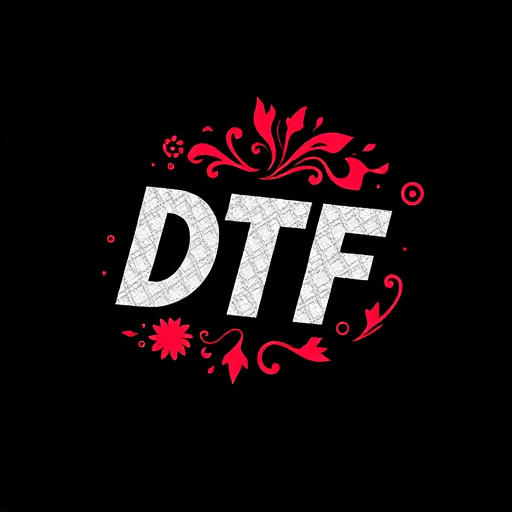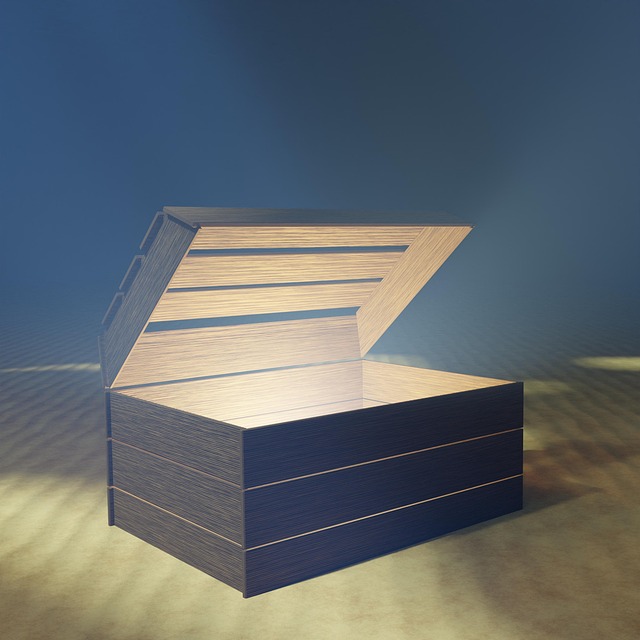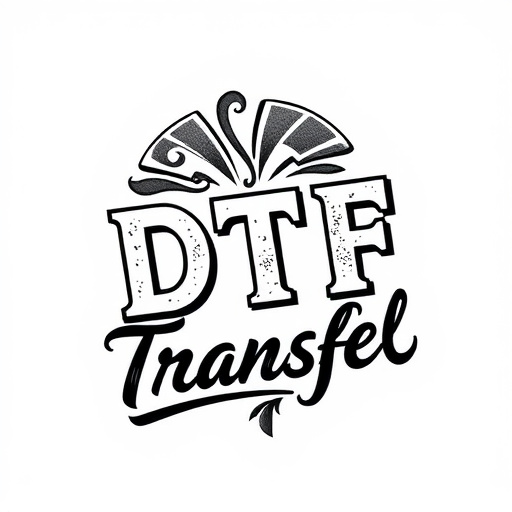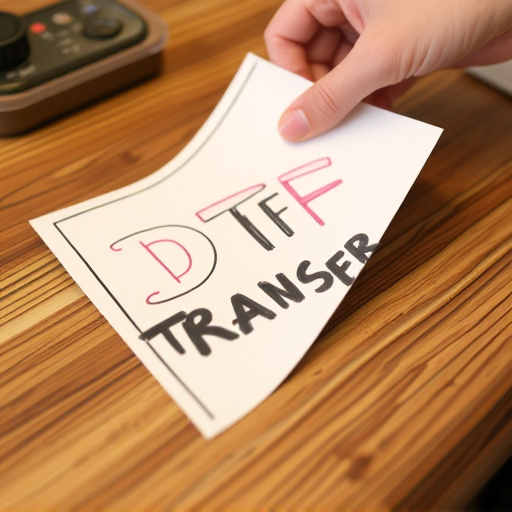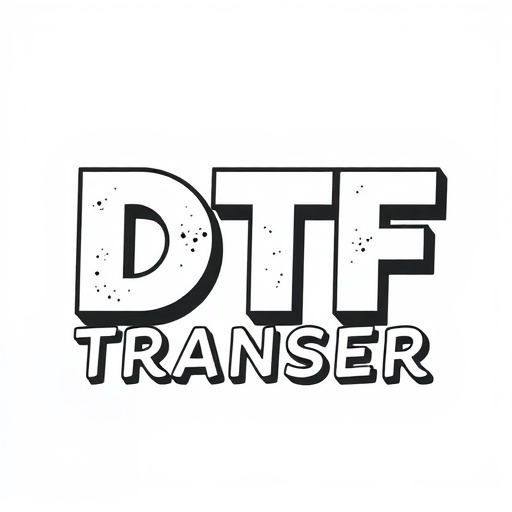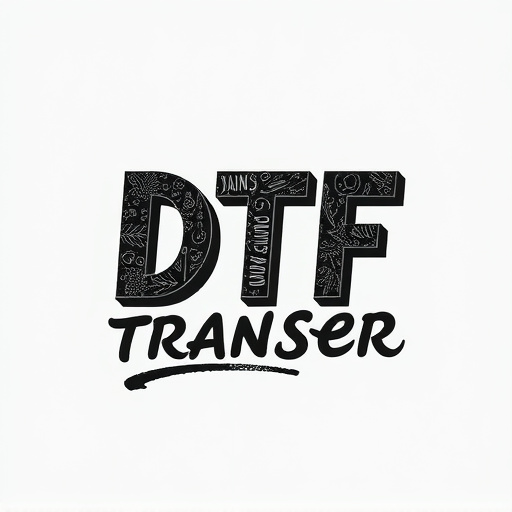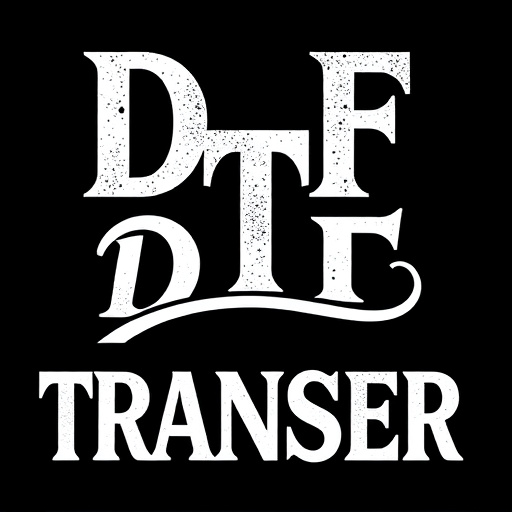Digital Thermal Transfer (DTF) printing is a revolutionary method in the print industry, offering unprecedented efficiency and versatility. It enables the combination of multiple designs on a single film, streamlining production and minimizing waste. DTF uses specialized software to create complex layouts with precise alignment and crisp details, then heats a thin film coated with dye to transfer the design onto materials like fabric or paper, achieving intricate patterns and full-color prints at exceptional speed. Adaptable for various needs, from apparel designs to art pieces, DTF Printing provides businesses with faster turnaround times and superior quality, offering them a competitive edge in today's market.
In today’s fast-paced printing landscape, efficiency is key. Discover how DTF Transfer (Direct To Film) is revolutionizing the industry by allowing multiple designs to be seamlessly arranged on a single film for batch printing. This innovative technique optimizes production time and reduces waste. Learn about the benefits of DTF, from its versatile applications across various industries to best practices for achieving high-quality DTF prints. Explore the process, unlock design possibilities, and stay ahead in print technology.
- Understanding DTF Transfer: A Revolutionary Printing Technique
- How Multiple Designs Can Be Efficiently Arranged on a Single Film
- Benefits of Using DTF for Batch Printing
- The Process: From Design to Final DTF Prints
- Applications of DTF Printing in Various Industries
- Best Practices and Tips for Achieving High-Quality DTF Prints
Understanding DTF Transfer: A Revolutionary Printing Technique

The Digital Thermal Transfer (DTF) printing technique has emerged as a revolutionary approach in the world of printing, offering unprecedented efficiency and versatility for designers and printers alike. This cutting-edge process allows for multiple designs to be seamlessly arranged on a single film, streamlining the printing process and reducing waste. By utilizing specialized software, complex layouts can be created, ensuring precise alignment and crisp details when transferred to various materials.
DTF Transfer involves heating a thin film coated with dye to transfer the design onto a substrate like fabric or paper. This method enables the production of intricate patterns and full-color prints with exceptional speed and accuracy. The beauty of DTF lies in its ability to adapt to diverse printing needs, from creating custom apparel designs to producing high-quality posters and art pieces. With DTF Printing, businesses can offer faster turnaround times while maintaining superior print quality, gaining a competitive edge in today’s fast-paced market.
How Multiple Designs Can Be Efficiently Arranged on a Single Film

Multiple designs can be efficiently arranged on a single film for printing by leveraging Digital Thermal Forming (DTF) technology. DTF Transfer allows for precise placement of various graphics, text, and patterns onto a flexible substrate. This method eliminates the need for separate films for each design, streamlining the production process and reducing waste. Each unique design is optimized and precisely positioned on the film, ensuring seamless registration during printing.
By combining multiple DTF prints onto one film, printers can maximize efficiency, especially when producing limited-edition runs or custom orders with diverse motifs. This approach not only saves time but also offers designers greater flexibility in creating complex compositions that would be challenging to achieve with traditional printing methods.
Benefits of Using DTF for Batch Printing

Using Direct-to-Film (DTF) transfer for batch printing offers numerous advantages over traditional methods. One of its key benefits is efficiency—DTF allows for the simultaneous printing of multiple designs on a single film, streamlining the production process. This means that designers and printers can create diverse collections or custom prints without the usual time constraints and additional costs associated with changing set-ups.
Additionally, DTF provides exceptional versatility. It enables the direct application of designs onto various materials, from textiles to plastics, eliminating the need for intermediate steps like cutting or masking. This versatility is especially valuable in industries where customization and rapid production are essential, such as fashion, merchandising, and promotional product manufacturing.
The Process: From Design to Final DTF Prints

The process of creating and printing multiple designs on a single film for DTF (Direct to Film) transfer involves several meticulous steps. Designers start by conceptualizing their artwork, which can include various graphic elements, text, or even photos. These designs are then digitally prepared, ensuring they meet the requirements for DTF Printing. This preparation includes scaling, coloring, and optimizing the images to achieve the desired outcome on the final product.
Once the digital files are ready, they are sent to a specialized printing machine that can precisely deposit ink onto the film. The printer arranges the designs in a way that maximizes the use of space, ensuring minimal waste. After printing, the film undergoes a curing process to set the ink, making it ready for cutting. Skilled technicians then carefully cut out each individual design from the master film, ensuring accuracy and precision. The cut-out designs are now DTF Transfers, ready to be applied to various surfaces for a professional finish.
Applications of DTF Printing in Various Industries

The Direct-to-Film (DTF) printing technique has revolutionized various industries by offering a highly efficient and versatile method for creating prints on demand. One of its key applications lies in the textile industry, where DTF Transfer technology enables the production of custom designs on fabrics with remarkable speed and precision. This process allows businesses to cater to individual customer preferences, facilitating small-batch runs or even personalized clothing.
Beyond textiles, DTF Printing has found its niche in the marketing and advertising sectors. Brands can now swiftly produce promotional items like mugs, phone cases, and stickers with intricate designs and vibrant colors. The technology’s ability to handle complex artwork and achieve high-quality prints makes it an attractive option for events, campaigns, or customized gifts. Moreover, DTF prints have gained popularity in the fashion industry for creating limited-edition collections and exclusive, on-trend designs.
Best Practices and Tips for Achieving High-Quality DTF Prints
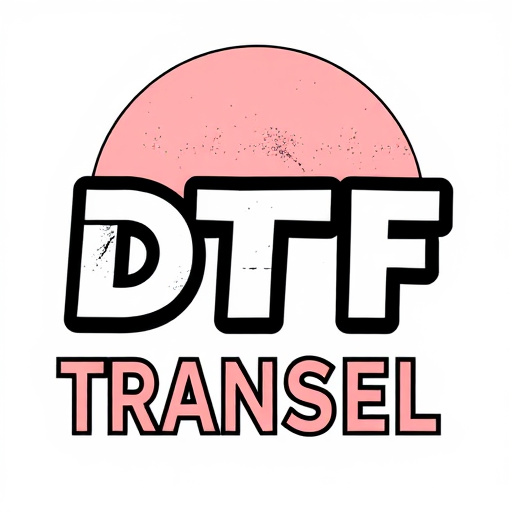
Achieving high-quality DTF (Direct to Film) prints requires a combination of precise techniques and thoughtful preparation. One of the best practices is to start with clean, well-prepared film sheets, ensuring they are free from any debris or contaminants. Using a dedicated cleaner for DTF films can help maintain optimal performance and resolution. Before printing, carefully inspect the design files for any potential issues like misaligned elements or low-resolution graphics, as these can directly impact print quality.
When preparing your designs for DTF transfer, consider using vector graphics whenever possible, as they offer sharper lines and better scalability. Ensure that all colors are set to CMYK mode, which is the standard for printing. Additionally, proper scaling and positioning of each design on the film sheet are crucial. Leave adequate margins around each print area to avoid trimming errors and allow for precise placement during printing. Regularly calibrate your printer settings to maintain consistent and high-quality DTF prints.



